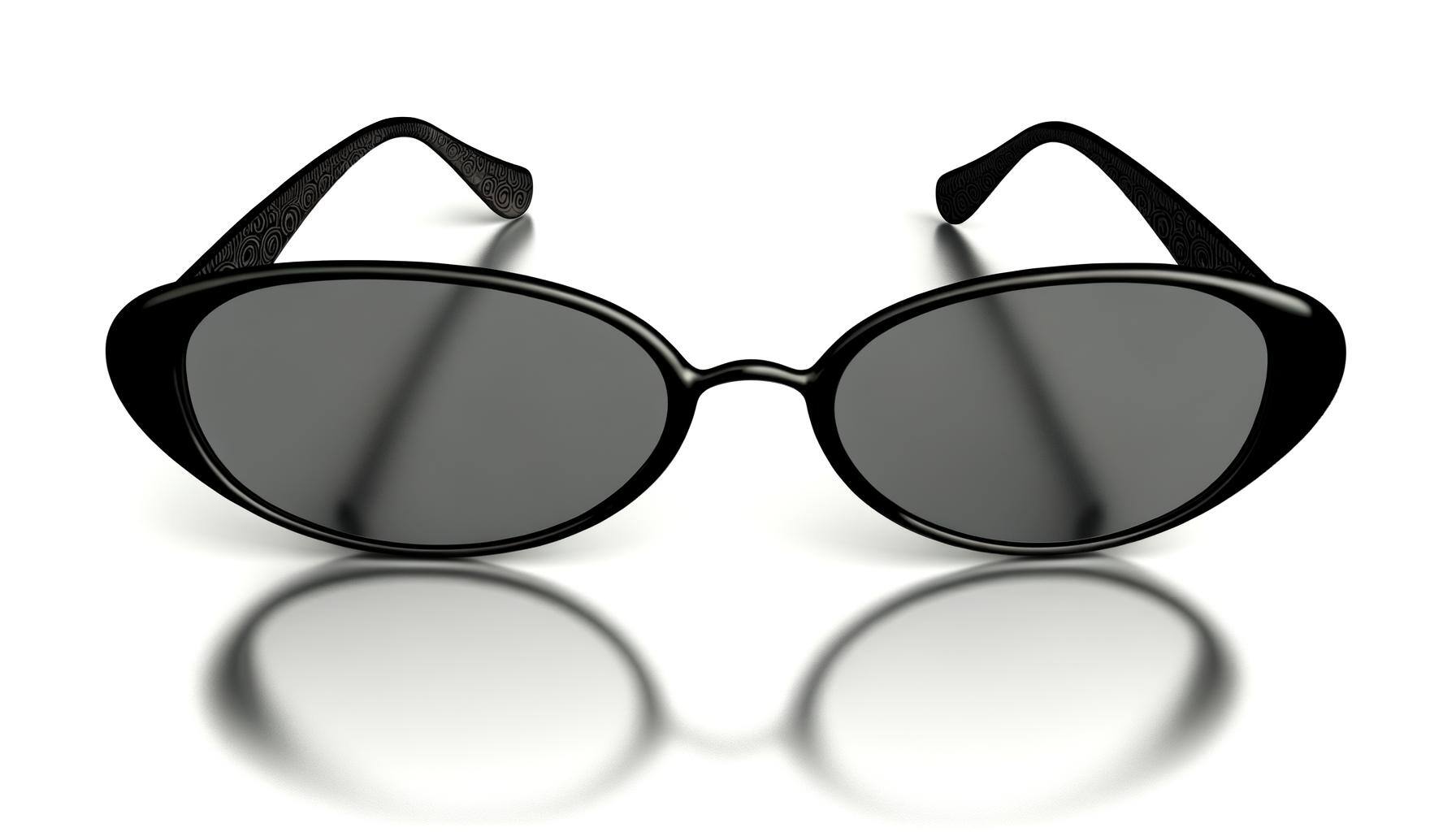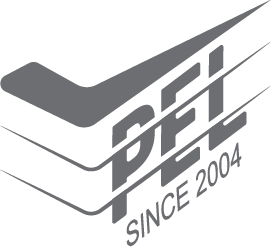In the ever-evolving eyewear industry, eco-frame glasses are gaining prominence for their style and reduced environmental impact. Ensuring these products genuinely uphold their sustainability claims is crucial for industry professionals and conscious consumers. Understanding the sophisticated testing and quality inspection processes that assess the environmental impacts of eco-frames and confirm their integrity and eco-friendliness is essential.
Eco Frames Glasses: Testing for Carbon Emissions at Each Stage of the Eyewear Lifecycle
1. Raw Materials Used
The production of eco-frame glasses begins with the responsible sourcing of materials. Critical materials used include bio-based plastics, recycled materials, and wood. To assess the carbon emissions from these raw materials, life cycle analysis (LCA) tools are utilised, incorporating data from extraction, processing, and transportation. For instance, the laboratory may use mass balance approaches to calculate the direct emissions from material processing plants and apply emission factors to estimate indirect emissions from the transportation of these materials. Additionally, environmental audits are conducted on suppliers to ensure compliance with sustainability benchmarks.
2. Manufacturing Process
Implementing direct and indirect testing methods allows for precise monitoring of carbon emissions in the manufacturing process. Direct tracking involves using continuous emission monitoring systems (CEMS) that provide real-time data on gases emitted during the manufacturing process. Indirect testing might include calculating energy consumption specific to producing eyewear and using this data to estimate emissions based on the energy mix of the power sources. Moreover, process optimisation techniques are employed to reduce waste and improve energy efficiency, minimising the carbon footprint of production activities.
3. Distribution
The distribution of eco-frame glasses involves analysing the logistic network to identify and mitigate carbon-intensive practices. Carbon emissions testing in this phase focuses on the transportation methods—air, sea, or land. The laboratory utilises transportation simulation software to model and compare different routing scenarios to find the most carbon-efficient options. Emission control technologies in vehicles are also assessed, alongside the potential for integrating renewable energy sources, such as electric delivery vehicles, to reduce the carbon footprint further.
4. Customer Use and End-of-Life
Testing in the consumer use and end-of-life phases evaluates eco frames' durability and disposal impact. Durability tests simulate extended wear and environmental exposure to predict the lifespan of the frames, reducing the frequency of replacement and the product’s overall carbon footprint. For end-of-life, the focus shifts to the biodegradability and recyclability of materials. Specific tests, such as ASTM D6400 for biodegradability in industrial composting conditions, are conducted to determine the decomposition rate and residual environmental impact. Recycling processes are audited to ensure efficient material recovery and minimal energy use.
Life Cycle Assessment (LCA) Applied to Eyewear
Life Cycle Assessment (LCA) is a critical tool for quantifying the environmental impacts of eco frames glasses from raw material extraction through disposal. This process begins with a thorough inventory analysis that tracks inputs and outputs at each lifecycle stage—material extraction, manufacturing, distribution, use, and end-of-life. The data collected includes everything from the raw materials and energy used to the emissions and waste produced, ensuring comprehensive coverage of environmental impacts.
The impact assessment interprets this data to evaluate environmental effects, such as greenhouse gas emissions, resource depletion, and waste generation. Focus is given to the carbon footprint, utilising methods like the Global Warming Potential (GWP) index to measure total emissions. This analysis informs decisions to reduce environmental impacts and is often shared via Environmental Product Declarations (EPD) to enhance transparency and consumer trust. Following ISO 14040/14044 standards, LCA provides a reliable and repeatable framework for eyewear manufacturers to improve sustainability and communicate these efforts effectively.
The Importance of Testing for Environmental Impact and Quality
Testing provides empirical data to support environmental claims, fostering trust among consumers and industry stakeholders—certifications such as the EPD hinge on the accuracy and comprehensiveness of testing data. By adhering to testing standards, the industry affirms its commitment to transparency and helps set industry benchmarks for sustainability. Environmental claims backed by certificates and testing standards are also compelling to consumers, as they will reassure them of the product's genuine sustainability and encourage informed purchasing decisions.
Ensuring Sustainability of Eco-Frame Glasses Through Rigorous Testing and Transparency
The rigorous testing of eco-frame glasses throughout their lifecycle—from raw materials through manufacturing, distribution, consumer use, and end-of-life—plays a crucial role in ensuring the sustainability of these products. As the eyewear industry continues to evolve towards greener practices, implementing comprehensive Life Cycle Assessments and continuous monitoring helps manufacturers meet and exceed environmental standards. For industry professionals and conscious consumers alike, these validated environmental claims provide the assurance needed to trust in the eco-friendliness of their choices.
At PEL, we provide a one-stop service for Carbon Neutrality of Products, including eco-frame glasses and sustainable sunglasses. Our eyewear carbon footprint verification services assess the materials used behind sustainable glasses and the carbon emissions released during production. We also offer reduction strategies, offsetting options, and sustainability consulting.
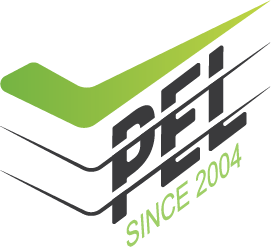

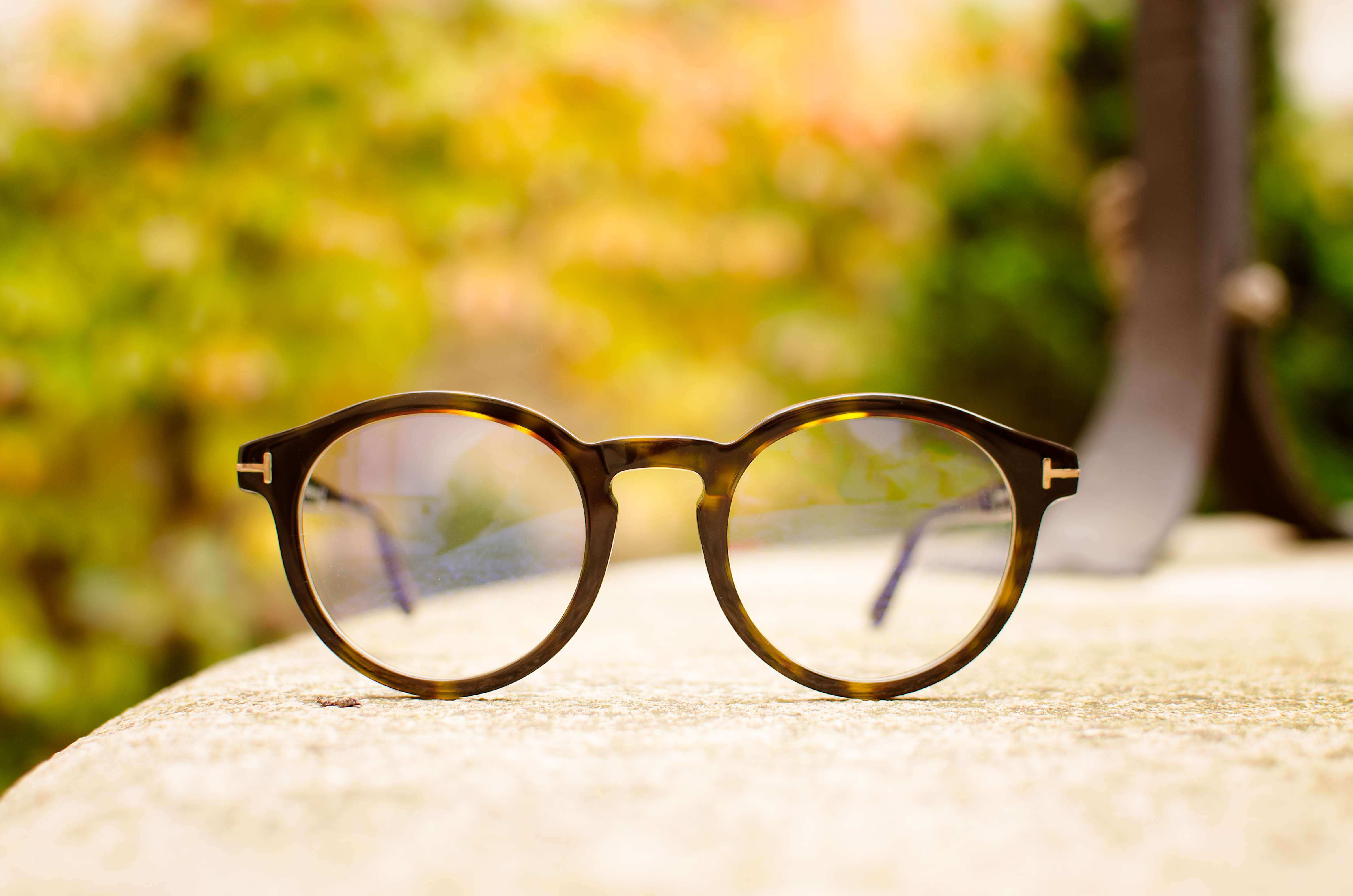
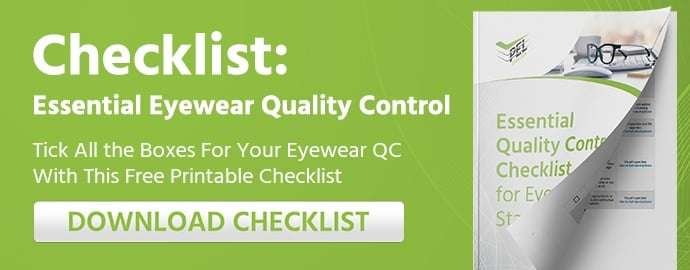

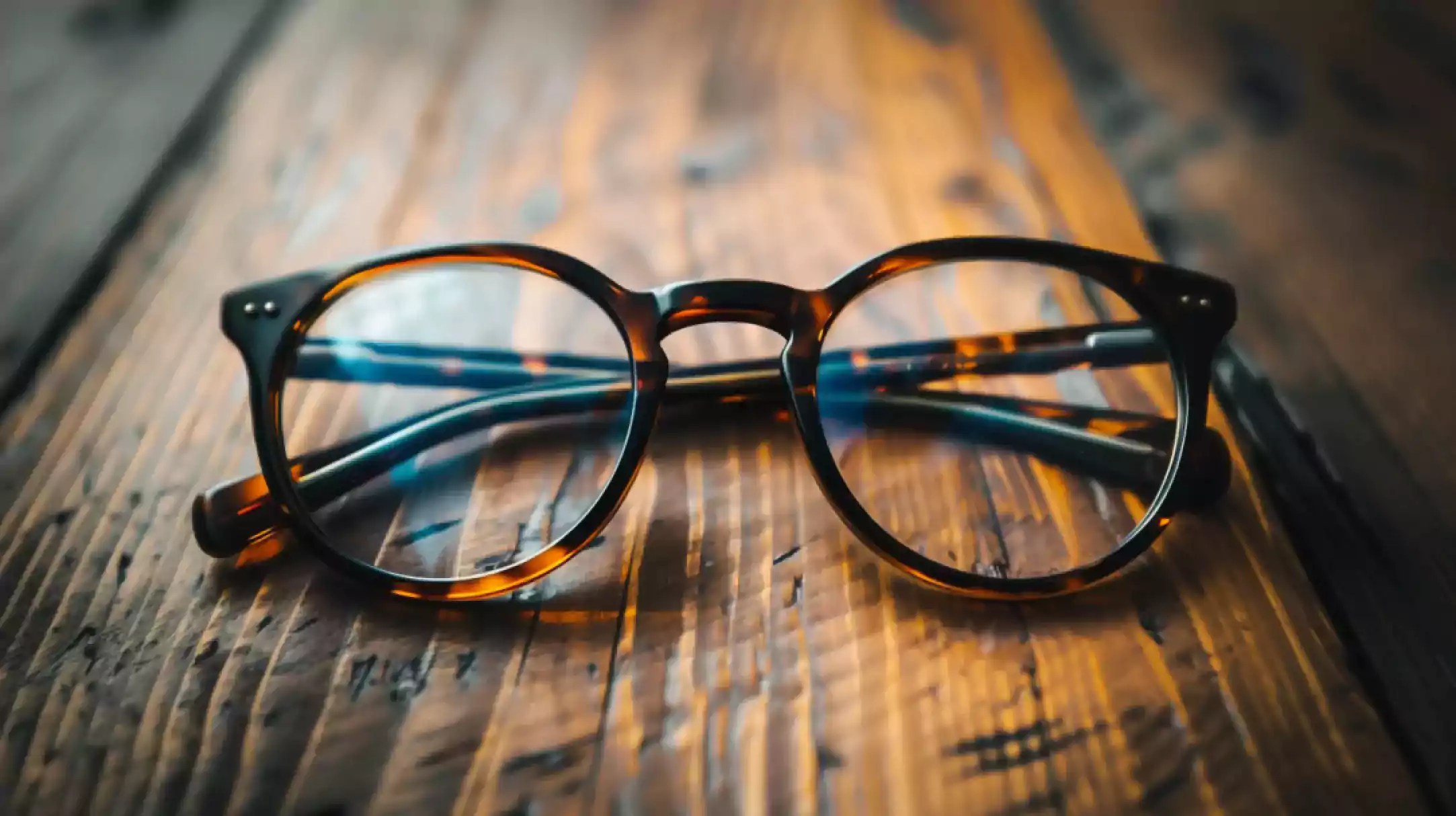
.jpg)
